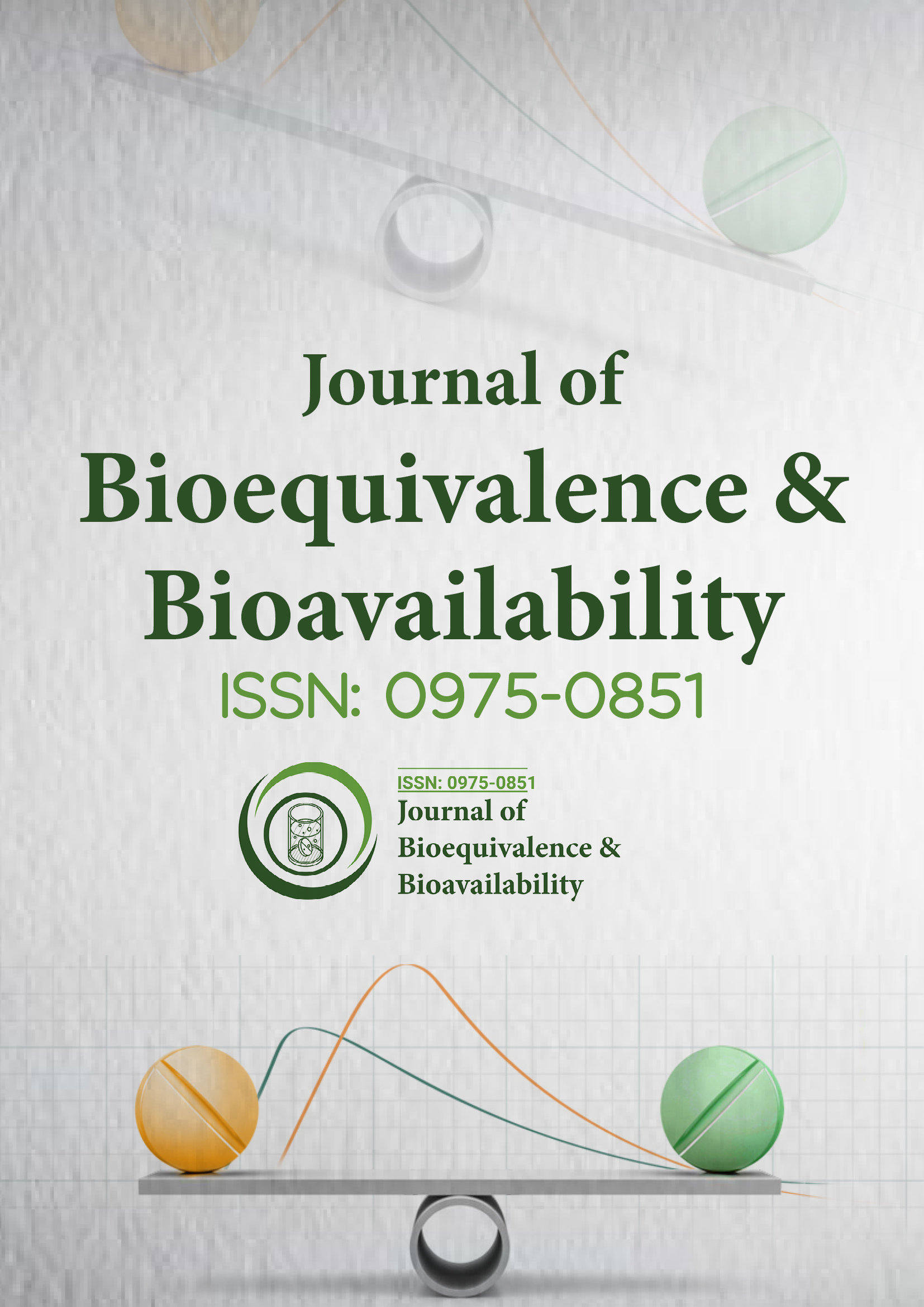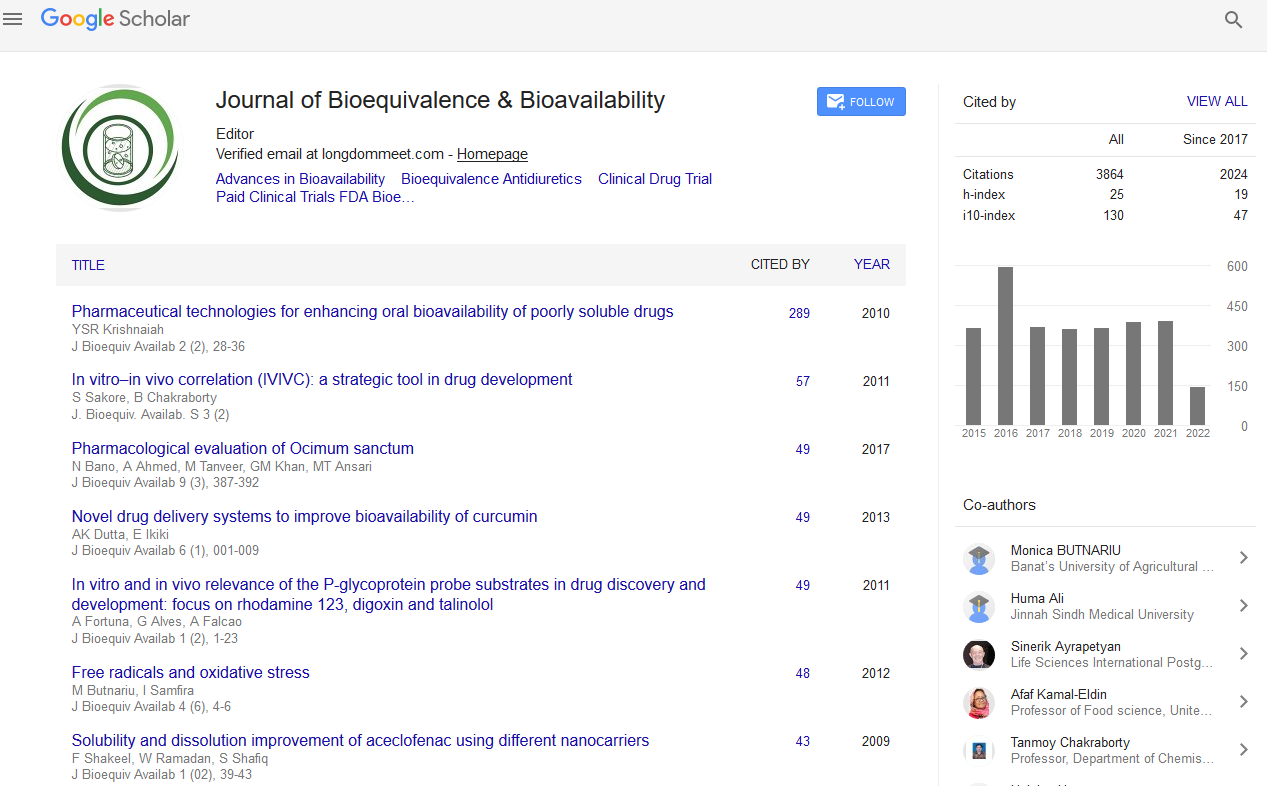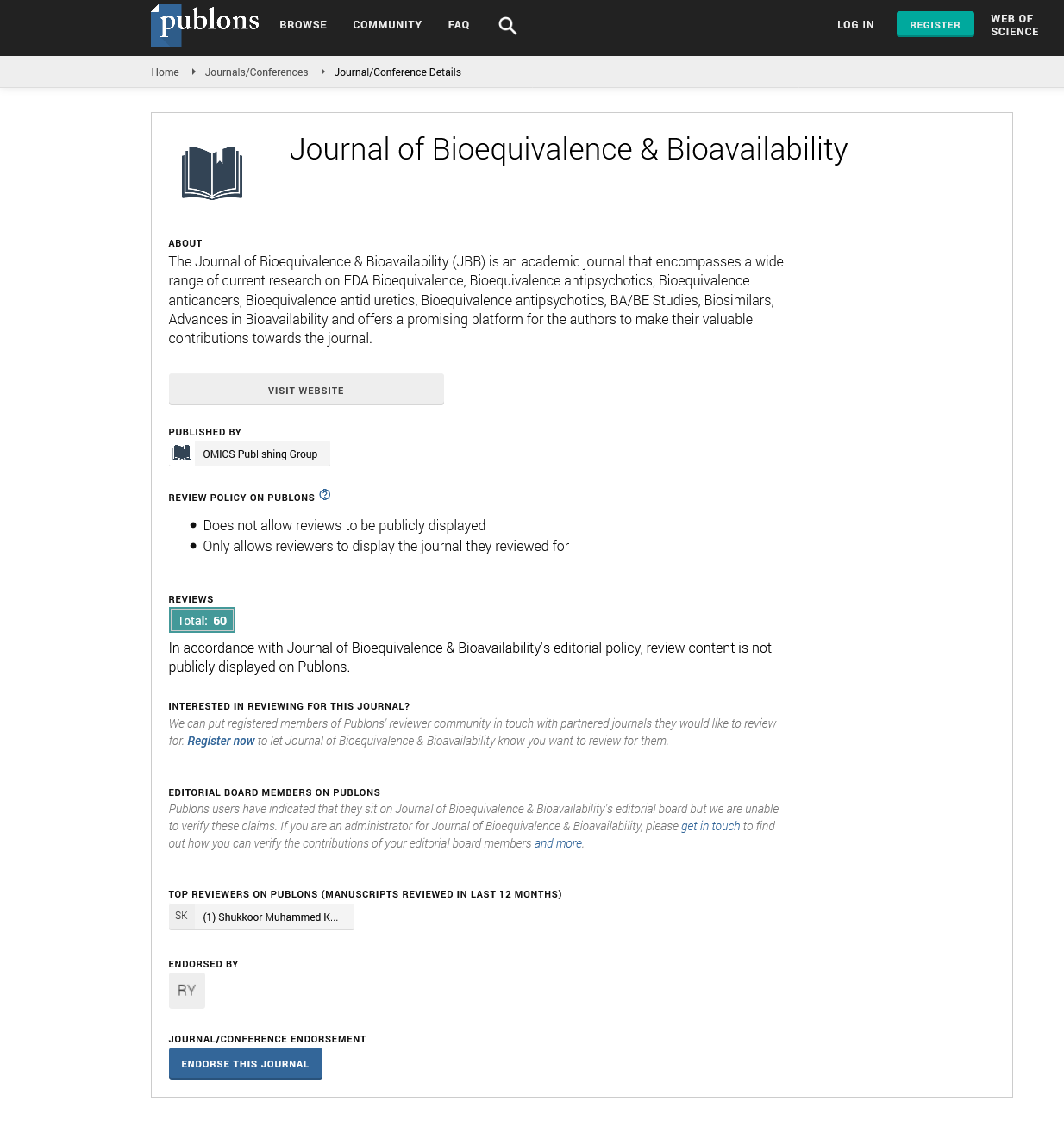PMC/PubMed Indexed Articles
Indexed In
- Academic Journals Database
- Open J Gate
- Genamics JournalSeek
- Academic Keys
- JournalTOCs
- China National Knowledge Infrastructure (CNKI)
- CiteFactor
- Scimago
- Ulrich's Periodicals Directory
- Electronic Journals Library
- RefSeek
- Hamdard University
- EBSCO A-Z
- OCLC- WorldCat
- SWB online catalog
- Virtual Library of Biology (vifabio)
- Publons
- MIAR
- University Grants Commission
- Geneva Foundation for Medical Education and Research
- Euro Pub
- Google Scholar
Useful Links
Share This Page
Journal Flyer

Open Access Journals
- Agri and Aquaculture
- Biochemistry
- Bioinformatics & Systems Biology
- Business & Management
- Chemistry
- Clinical Sciences
- Engineering
- Food & Nutrition
- General Science
- Genetics & Molecular Biology
- Immunology & Microbiology
- Medical Sciences
- Neuroscience & Psychology
- Nursing & Health Care
- Pharmaceutical Sciences
Abstract
Statistical Considerations in Biosimilar Assessment Using Biosimilarity Index
Aijing Zhang, Jung-Ying Tzeng and Shein-Chung Chow
When an innovative biologic product goes off patent, biopharmaceutical or biotechnological companies may file an application for regulatory approval of biosimilar products. Unlike small molecule drug products, biosimilars are not exact copies of their brand-name counterpart, and they are usually very sensitive to changes in environmental factors and have greater variabilities due to their complexity and sensitivity to variation in manufacturing processes. Facing these challenges, a biosimilarity index based on reproducibility probability is proposed to assess biosimilarity. In this article, we have demonstrated how to assess biosimilarity between the test and reference product in relative to a reference standard that is established in a study where reference product is compared with itself. Biosimilairty index approach is robust against biosimilarity criteria and has the advantage of allowing the assessment of the degree of similarity.


